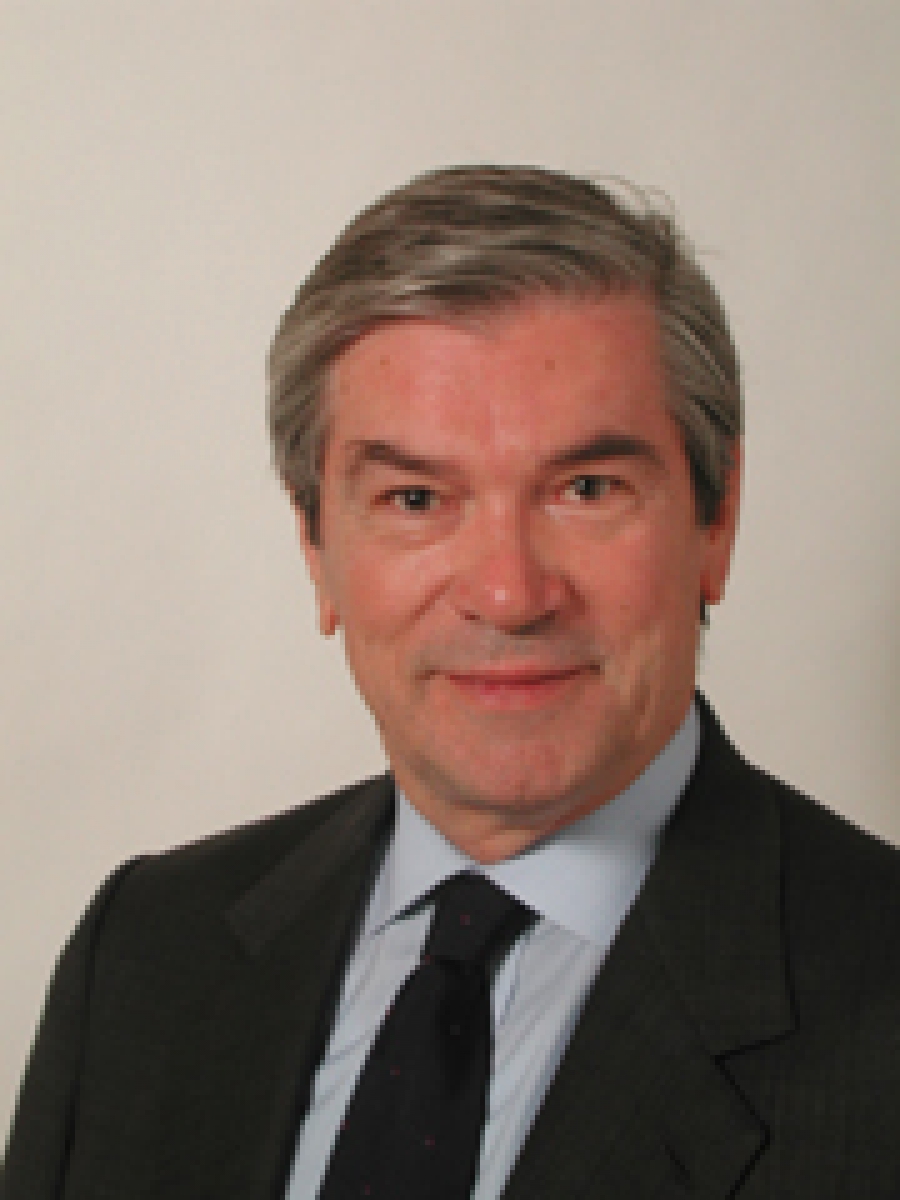The Muir Wood lecture at WTC 2015, in Dubrovnik will be given by Prof P; Lunardi. The title of the lecture will be "Control of extrusion in the core of ground at the face as an instrument for the stabilization of the cavity".
The observation and interpretation of the deformation produced during the excavation of the Frejus motorway tunnel provided the basic ideas from which systematic study of tunnel failure in relation to the stability of the advance core arose. In the 1980s this led me to reconsider the contents of the deformation response of the ground to excavation, no longer in conventional terms of convergence of the cavity alone, but in terms of extrusion of the face-‐core, preconvergence and finally convergence of the cavity.
Attention was therefore focused on how to guarantee the stability of the face-core (and therefore of the cavity itself) by means of conservative action to reinforce and/or protect it in cases of conventional tunnel advance or to confine it when a TBM is employed.
The successes achieved in the construction of over 1,000 km of tunnel both close to the surface and at depth driven through even the most complex and difficult grounds has recently been backed up by the findings of tests on small scale experimental models, specially designed to simulate both conventional and TBM tunnel advance, carried out in the laboratory at Milan Polytechnic.
Prof. Eng. Pietro Lunardi, graduated in civil transport engineering at the University of Padua, has accrued a very large technical-professional expertise as a planner and executor of numerous complex civil works of very remarkable innovative importance in geotechnical-geomechanical applications in Italy and abroad.
